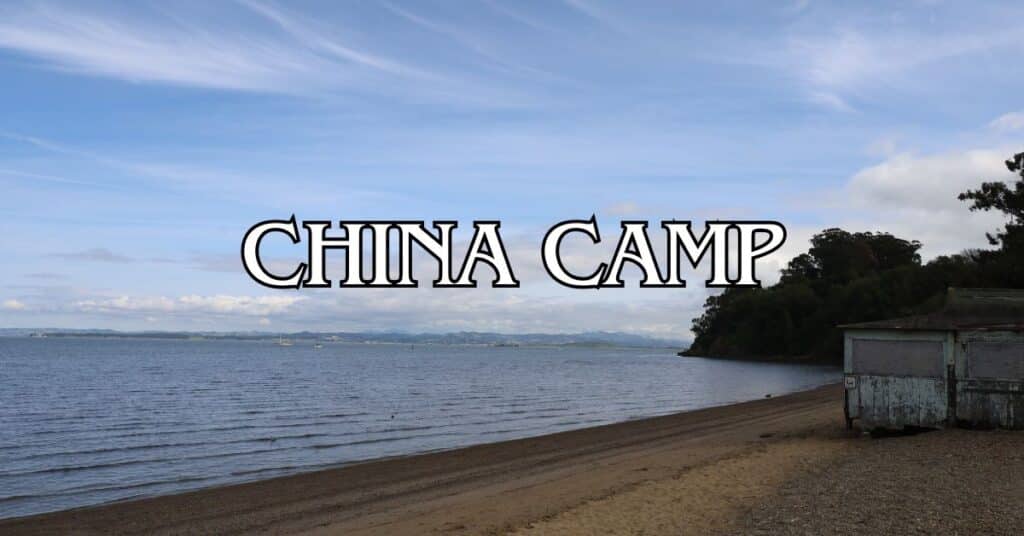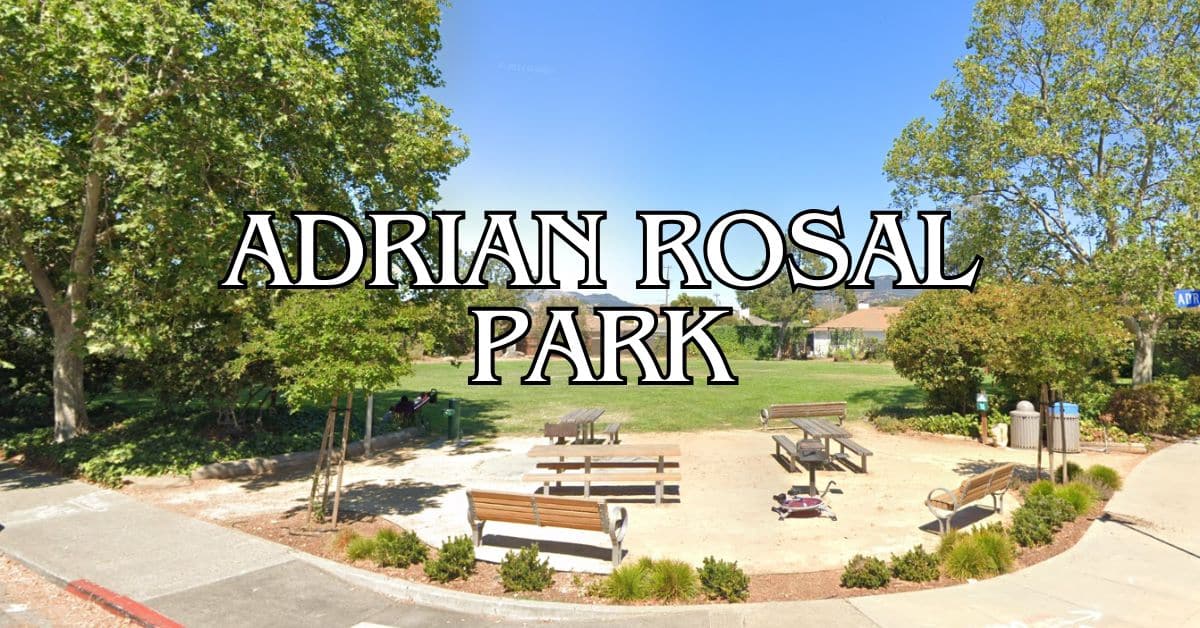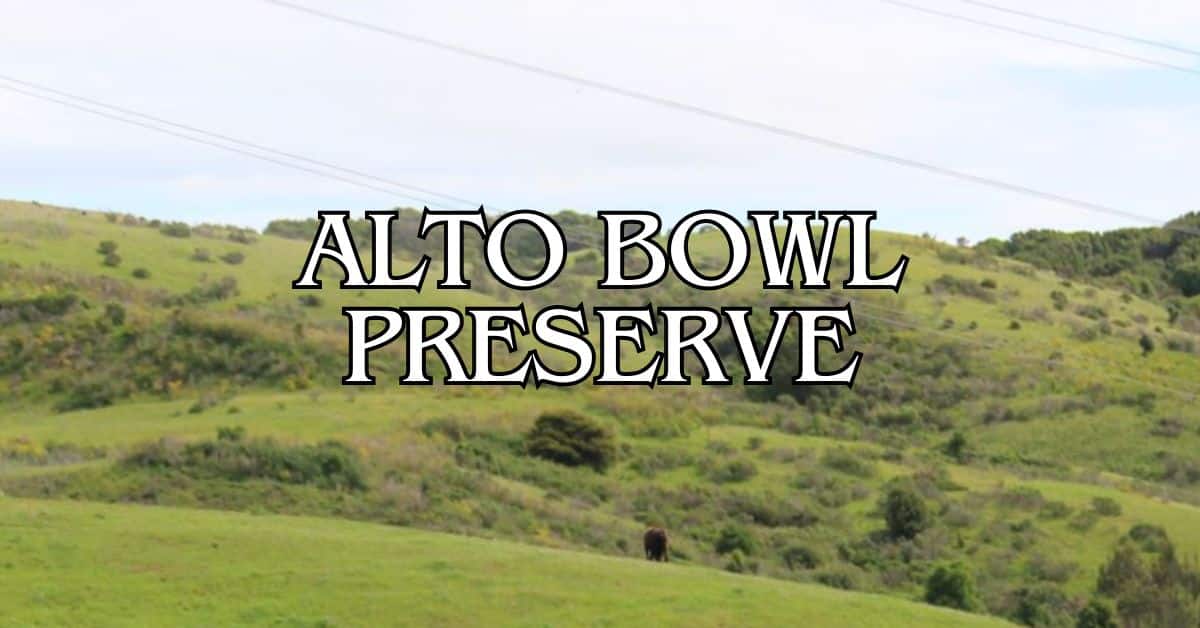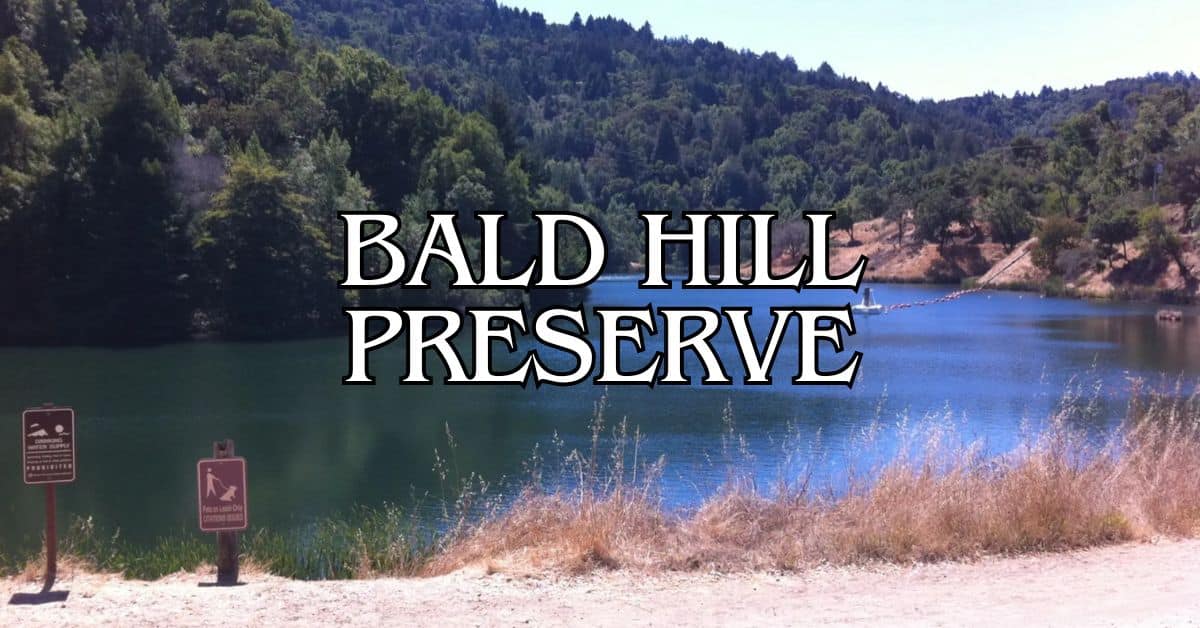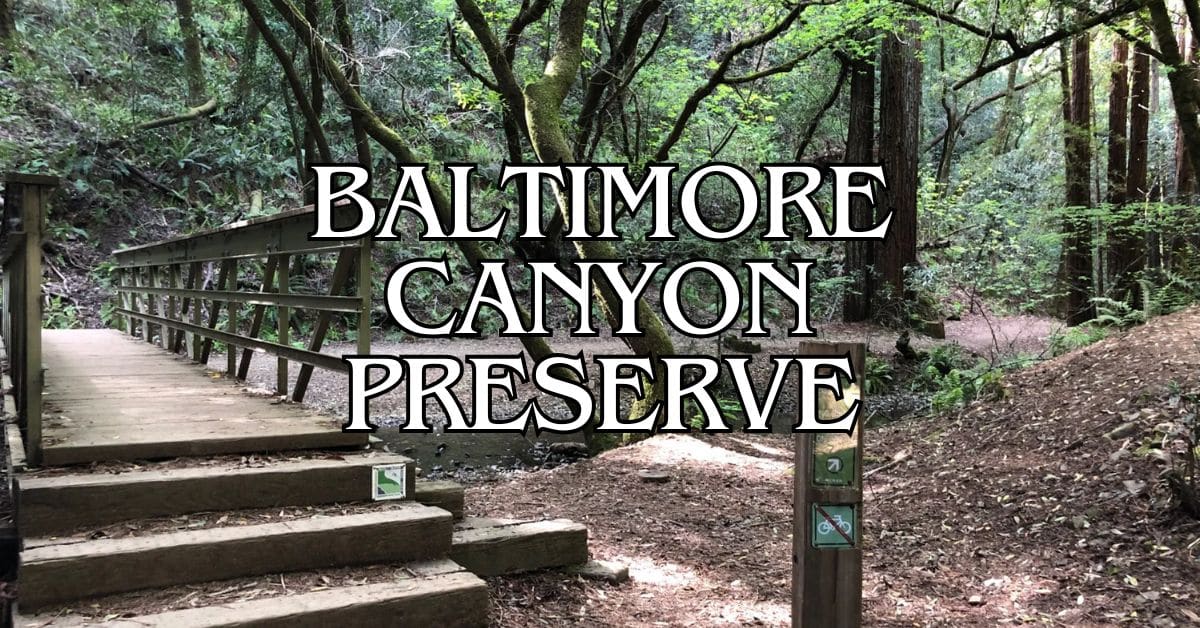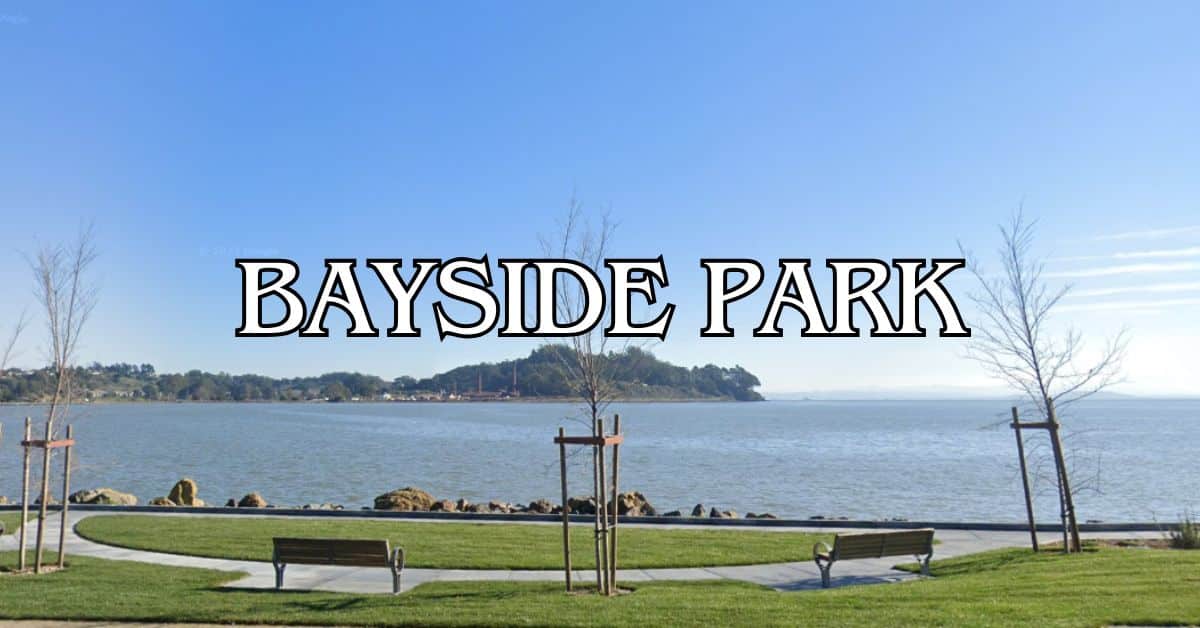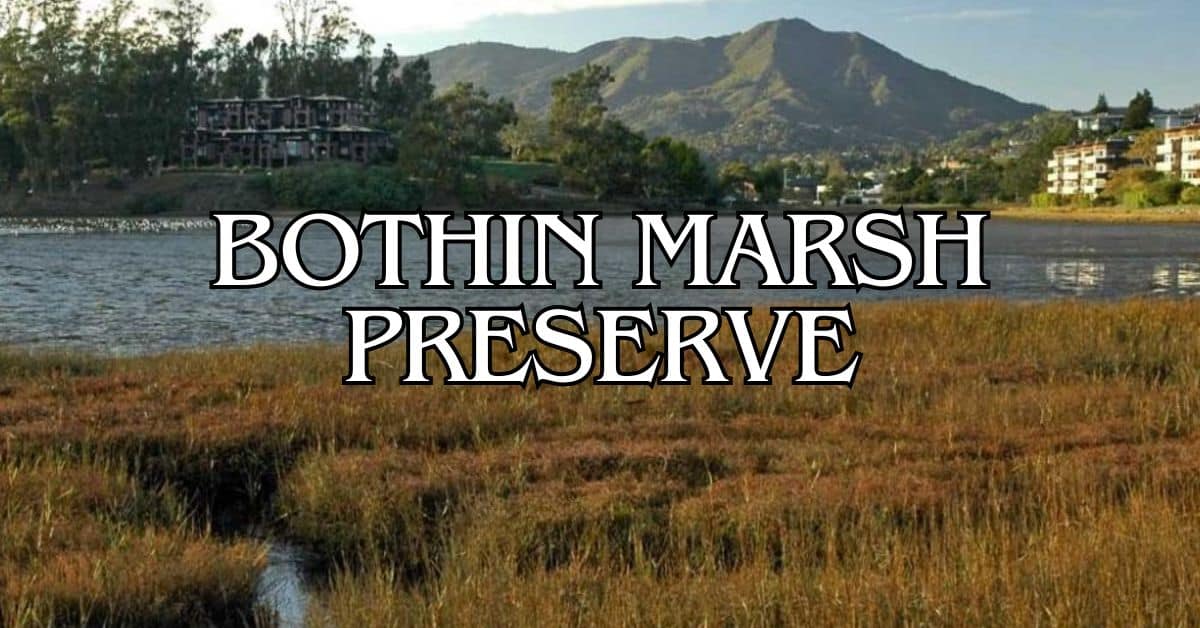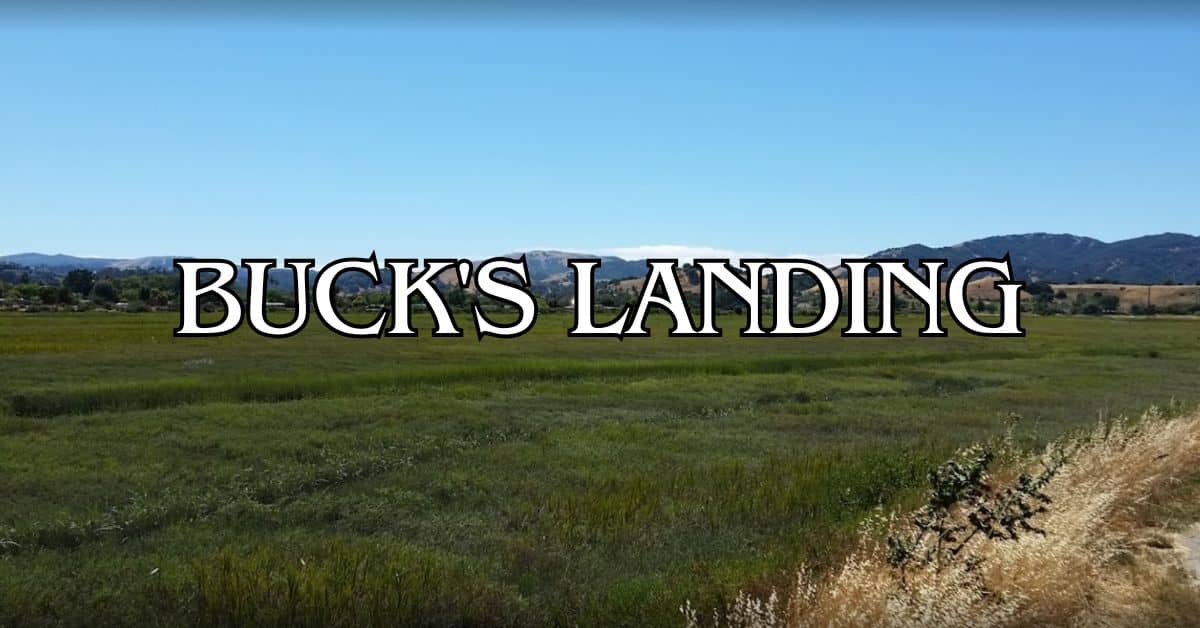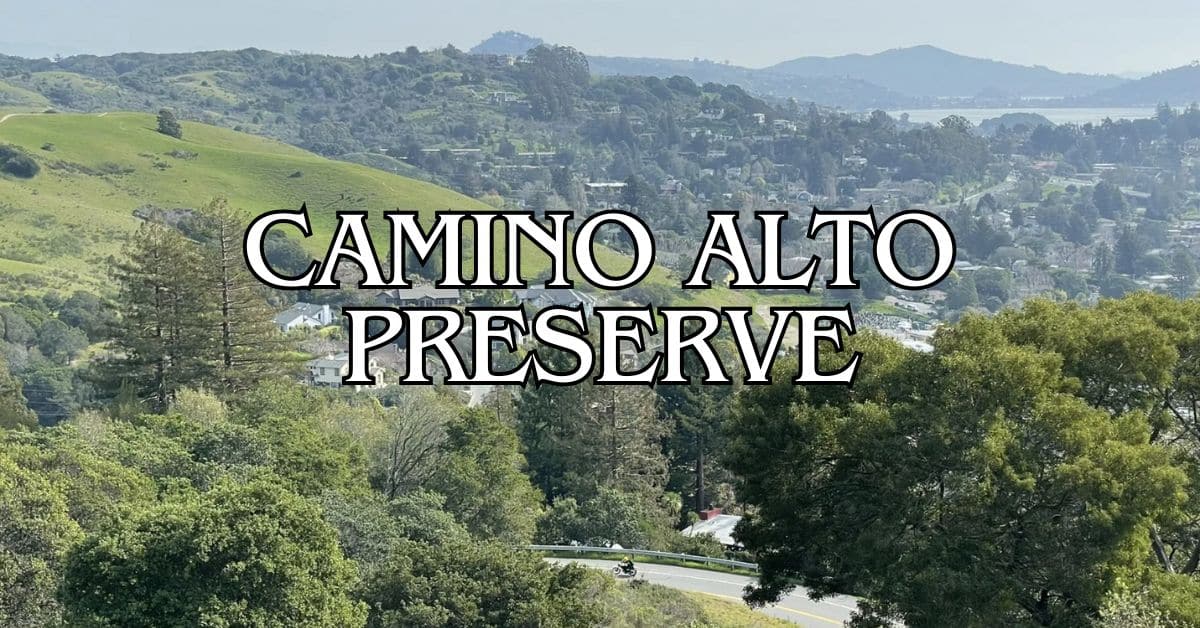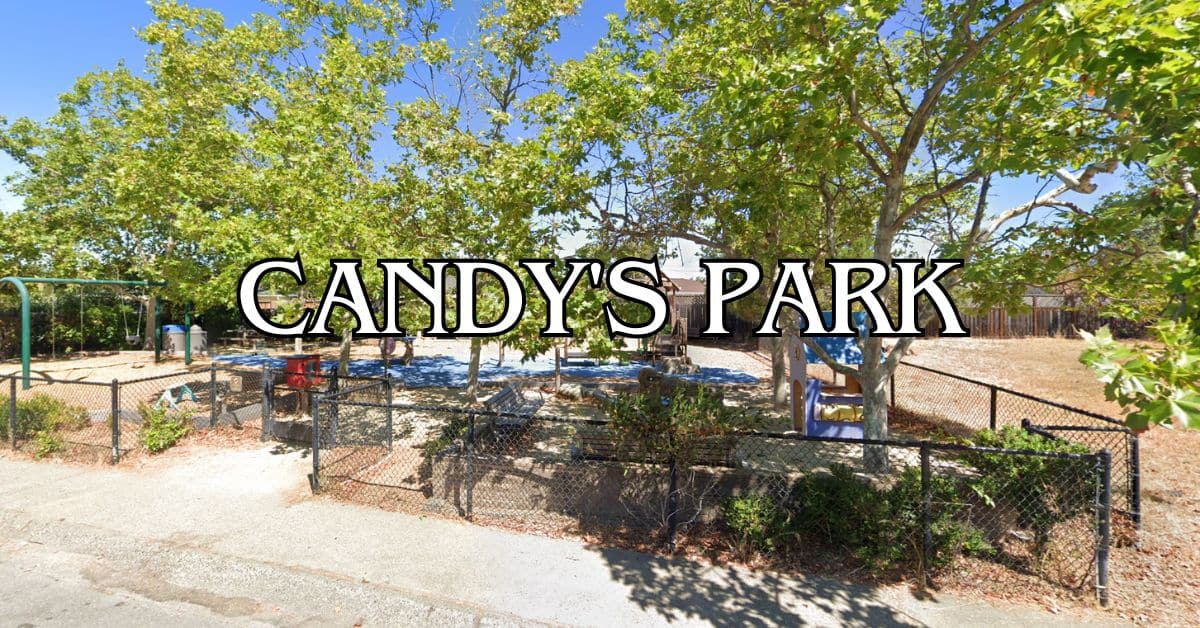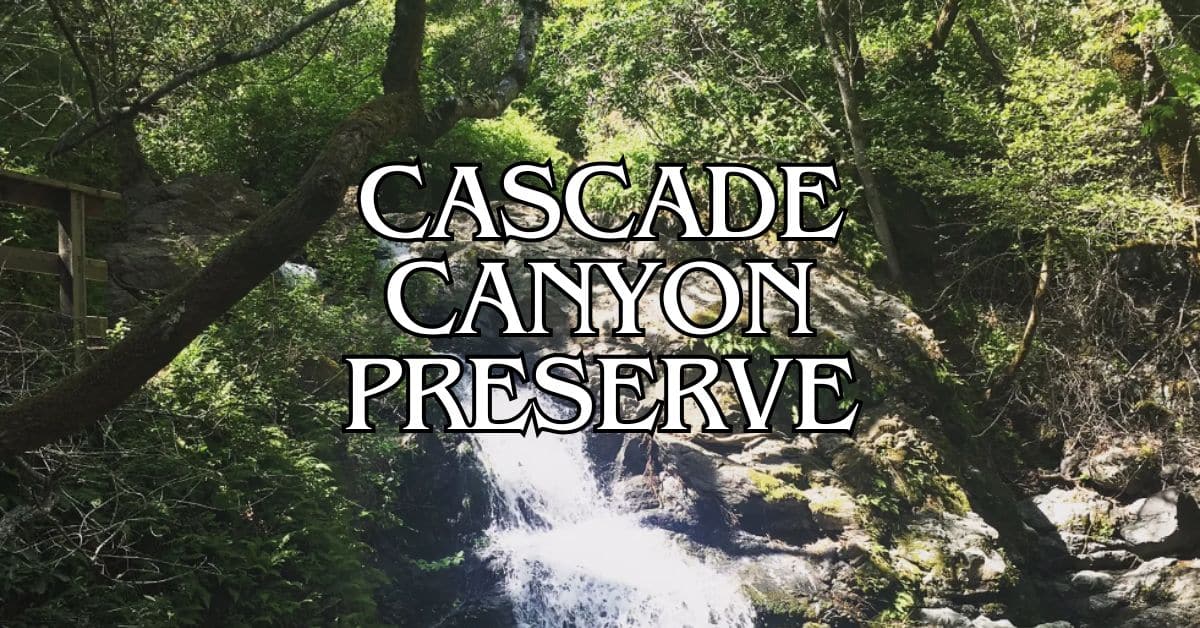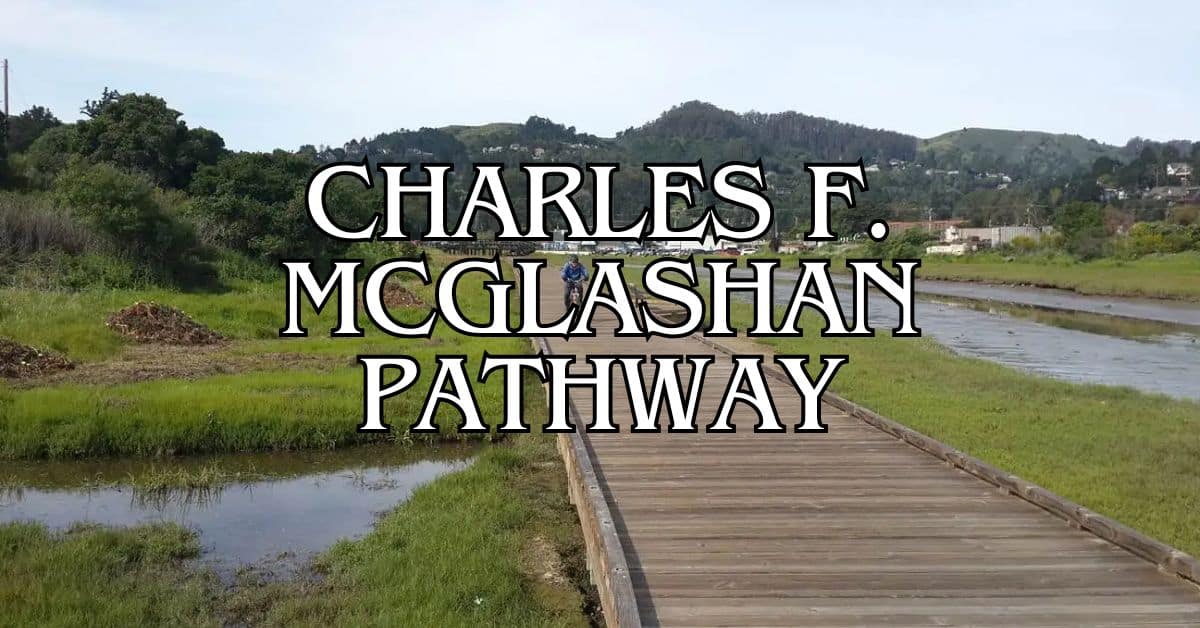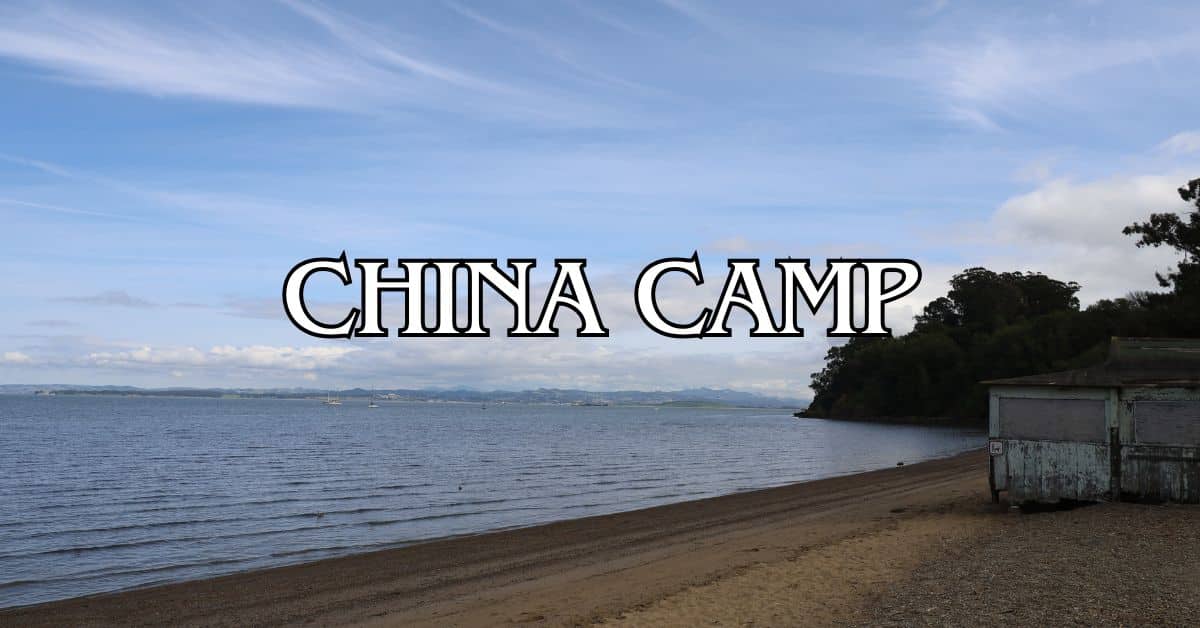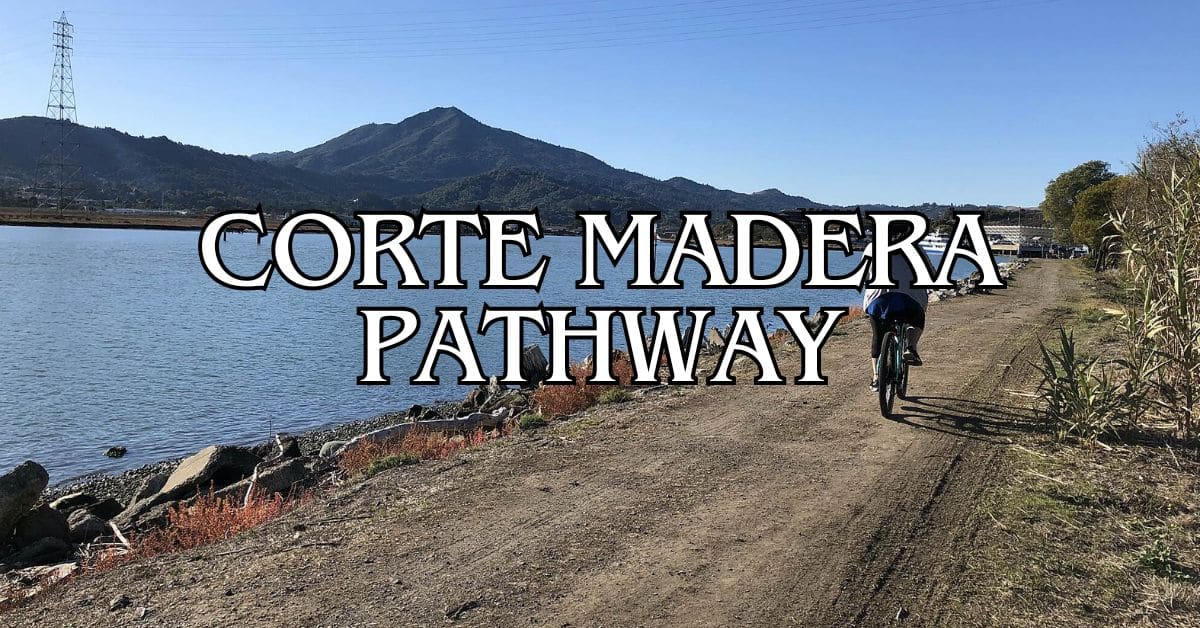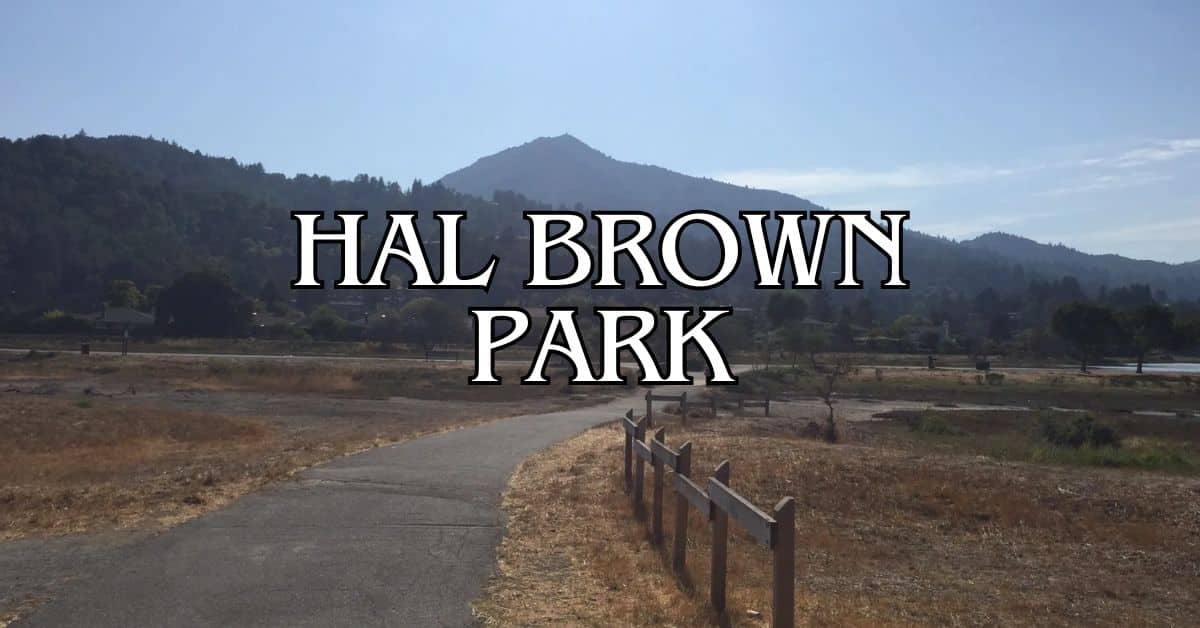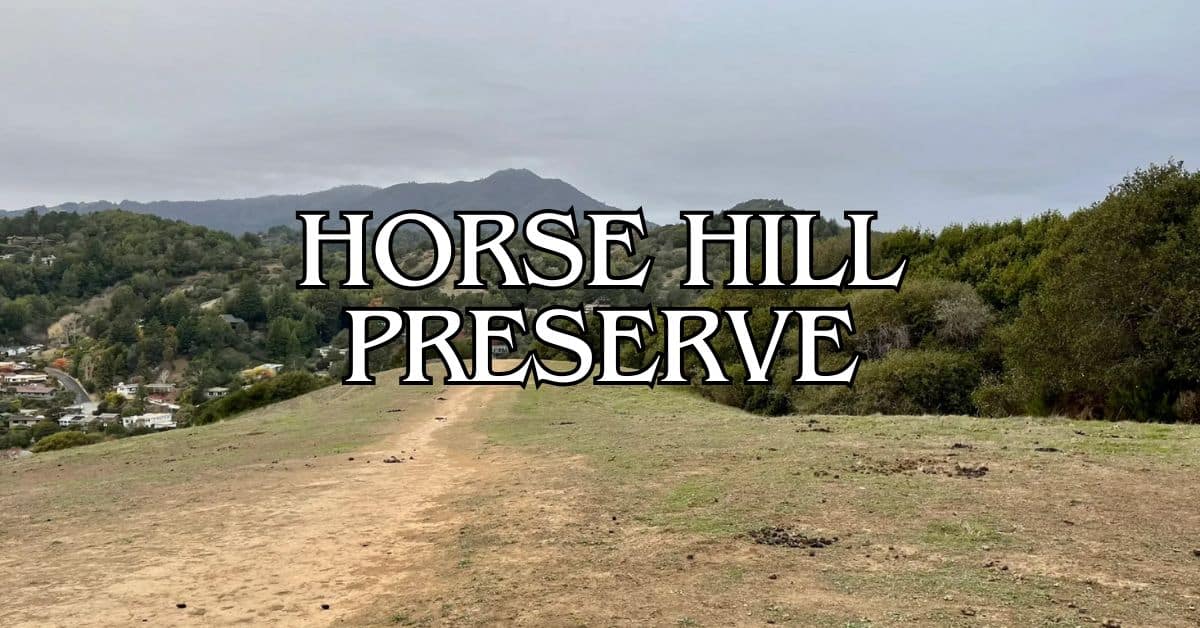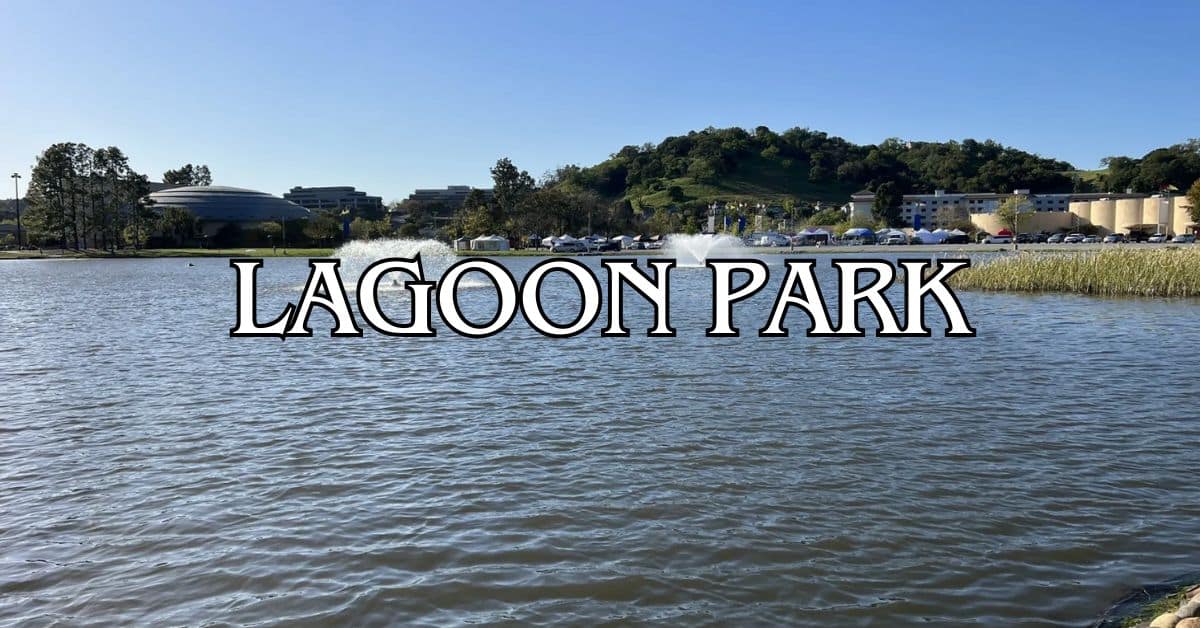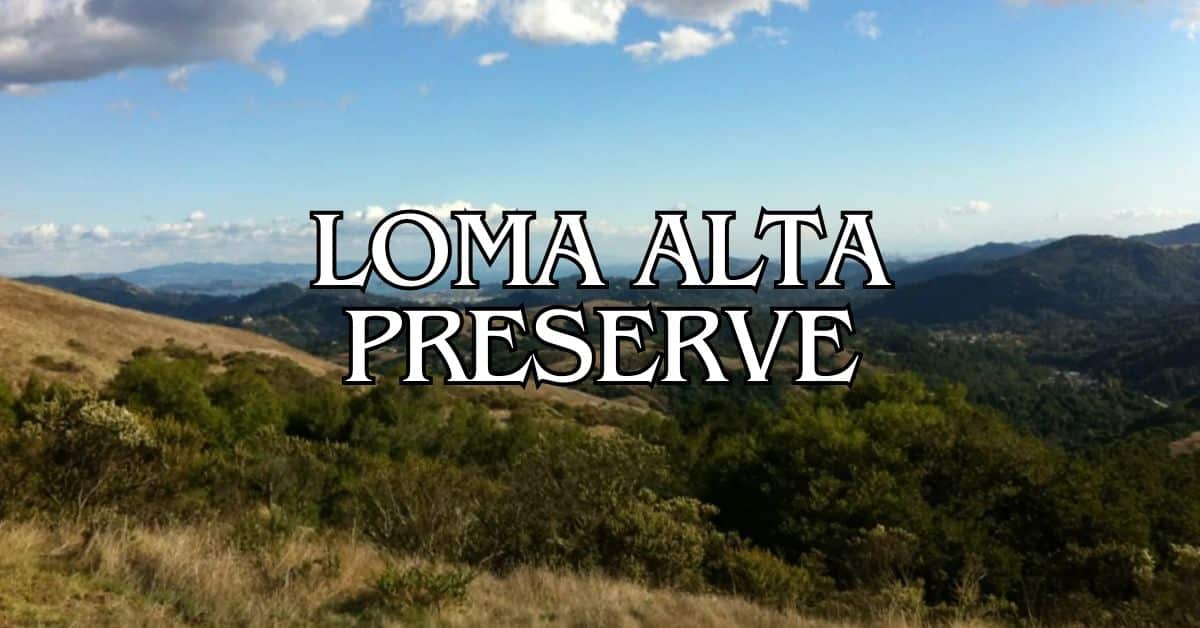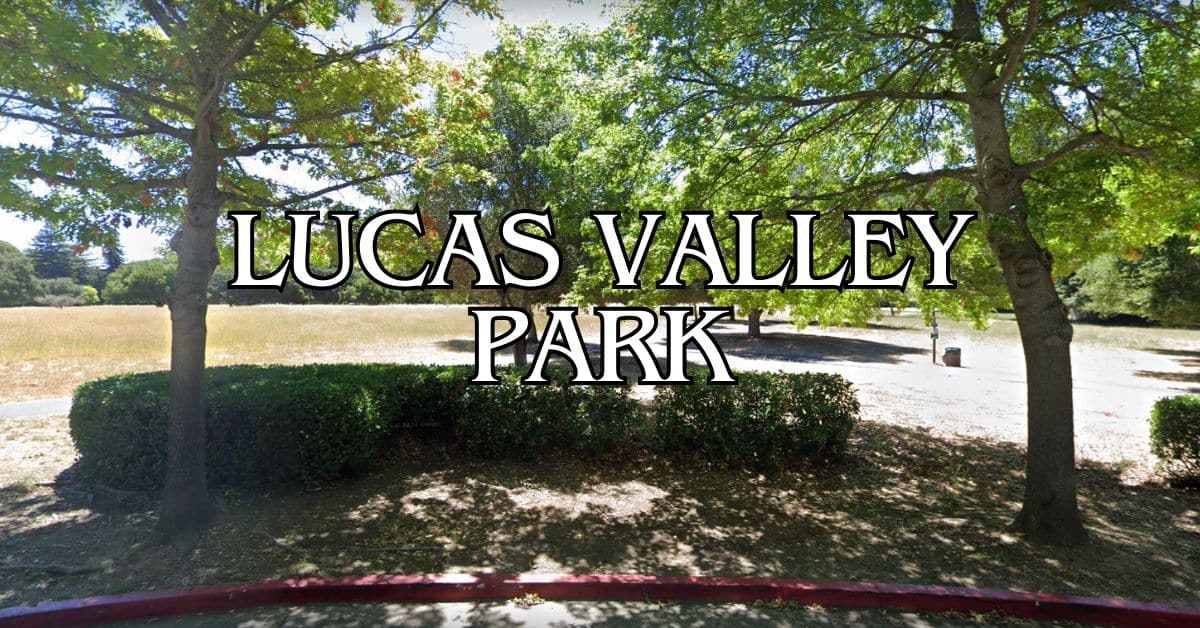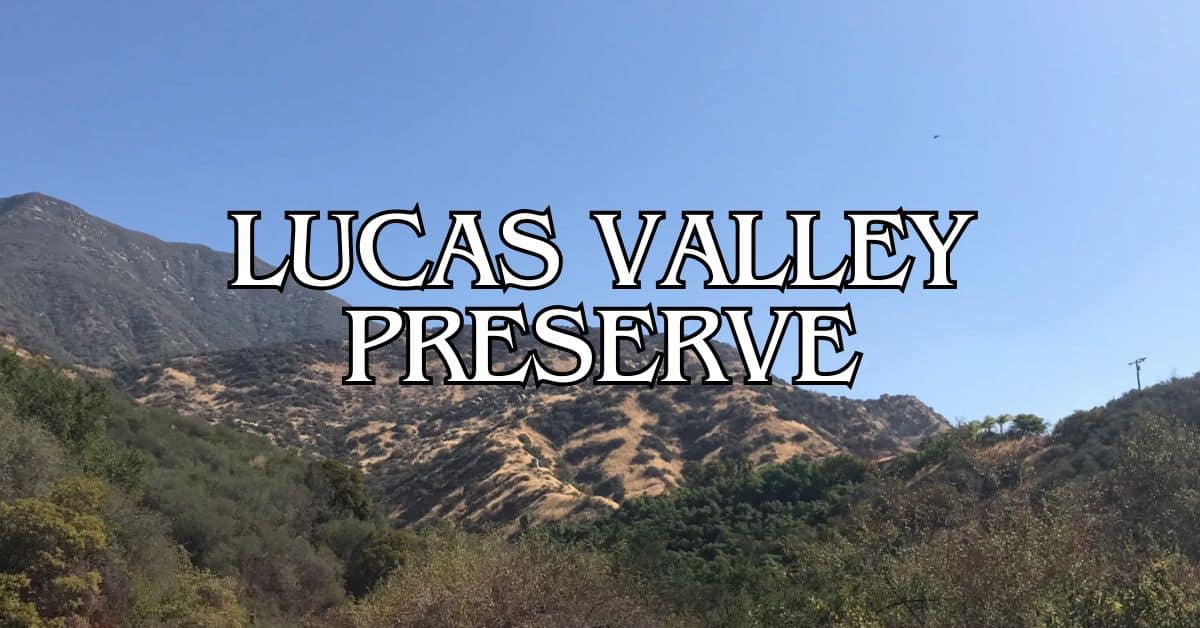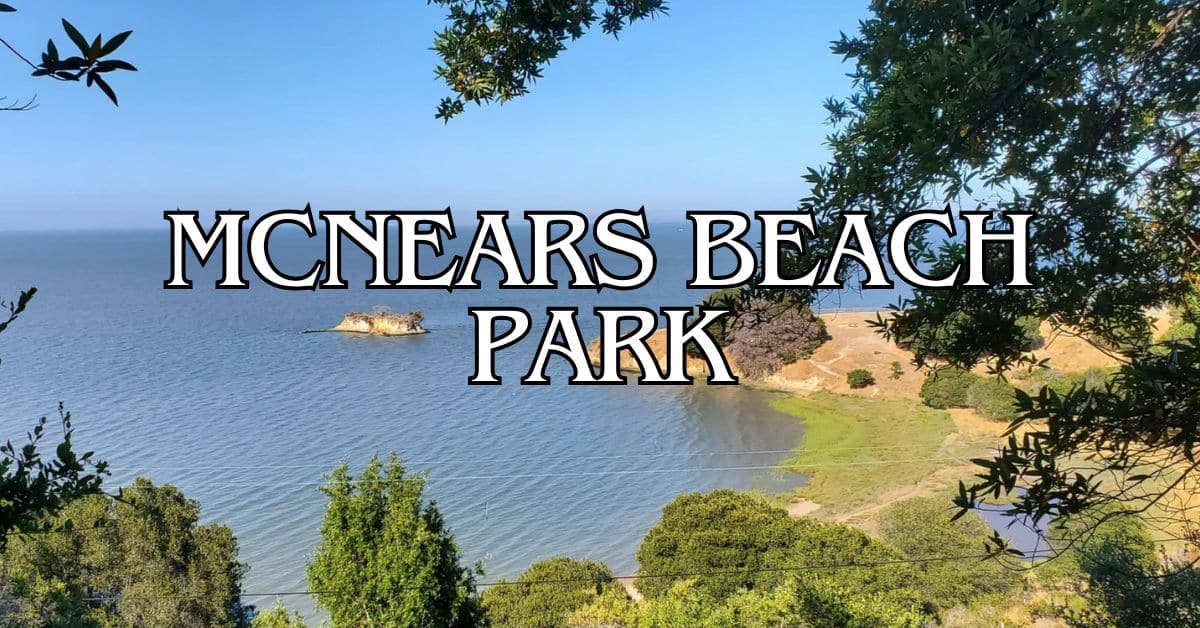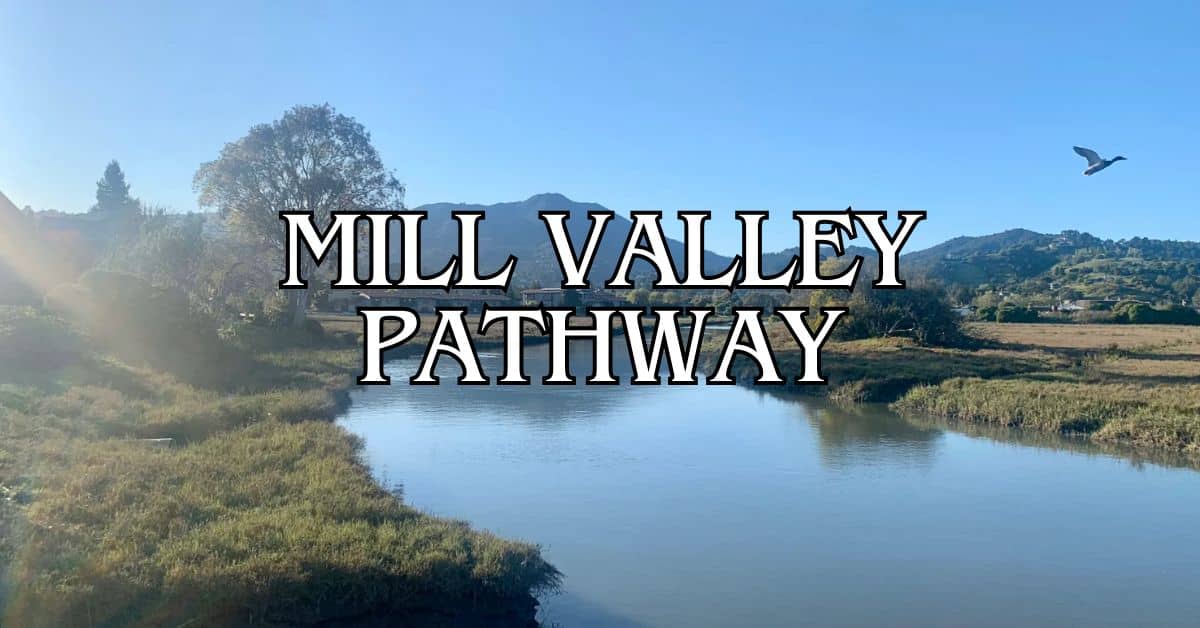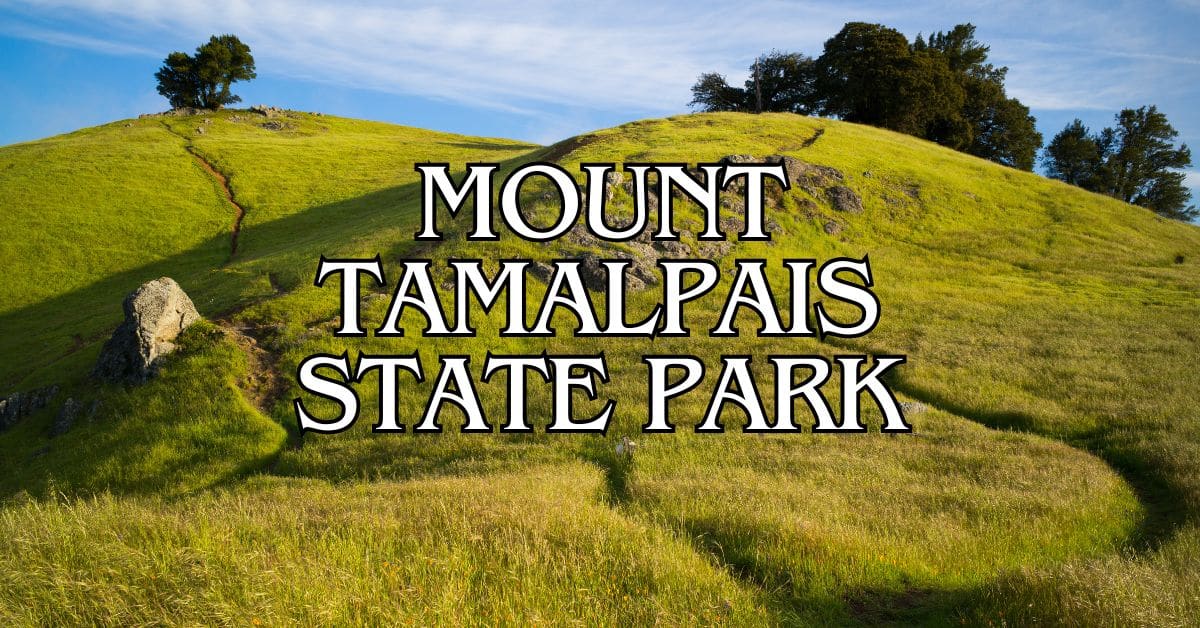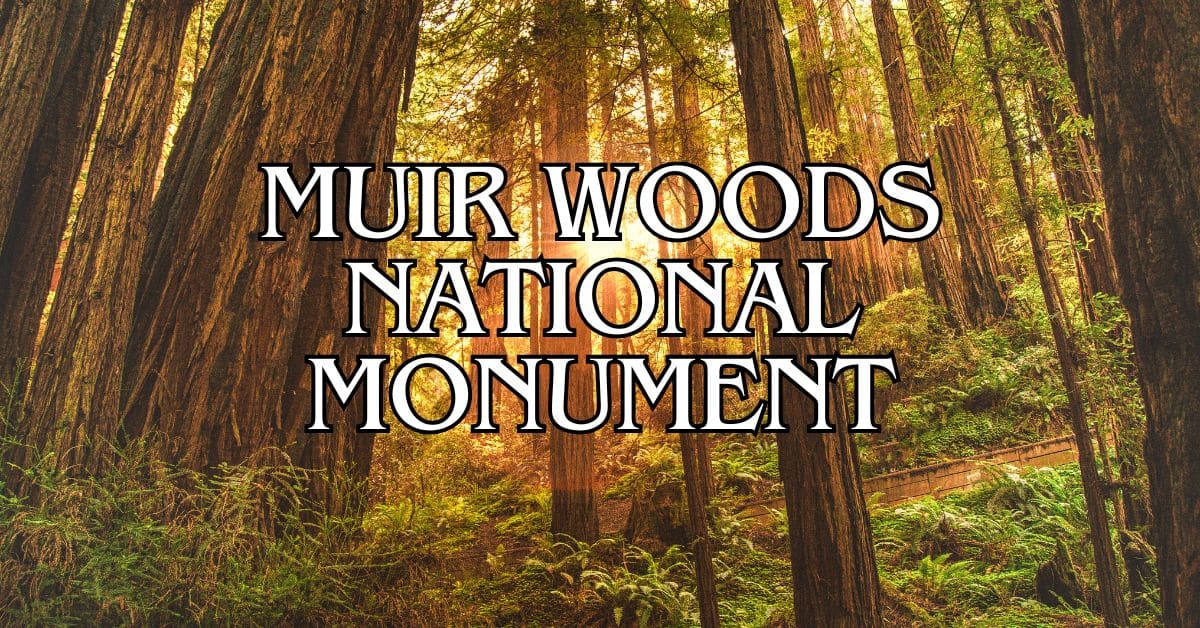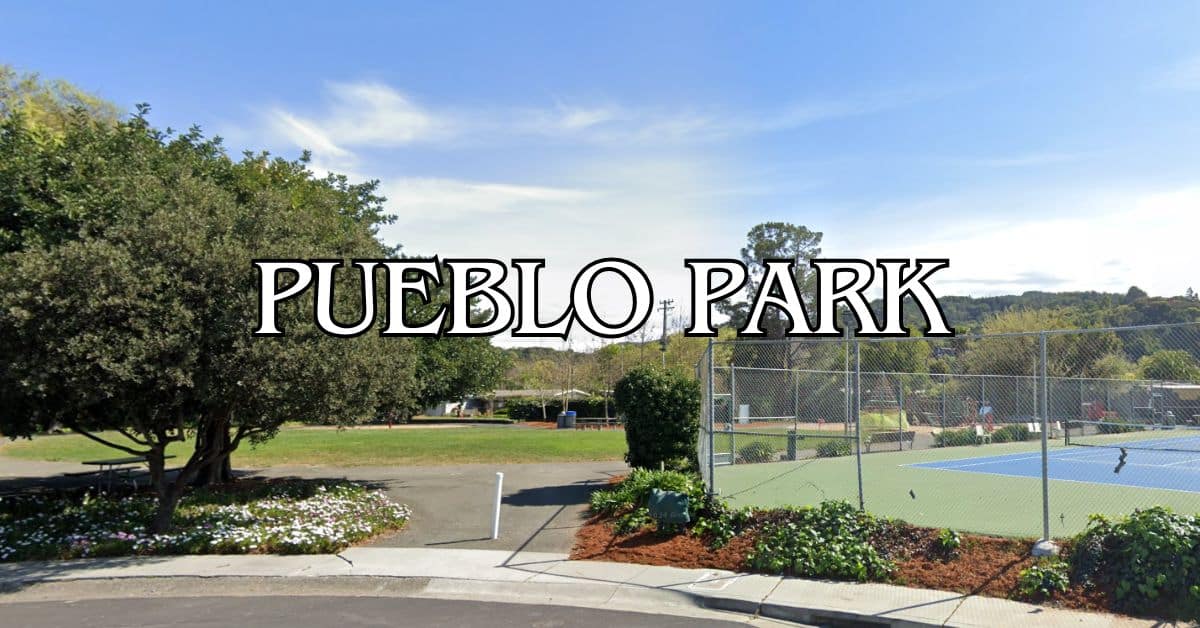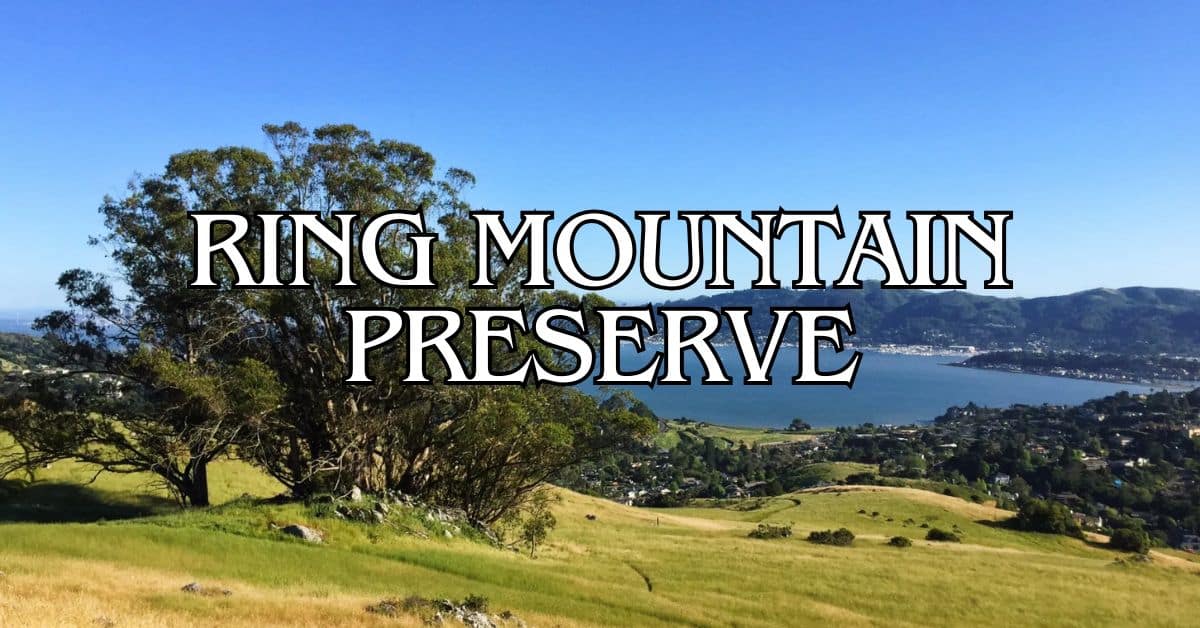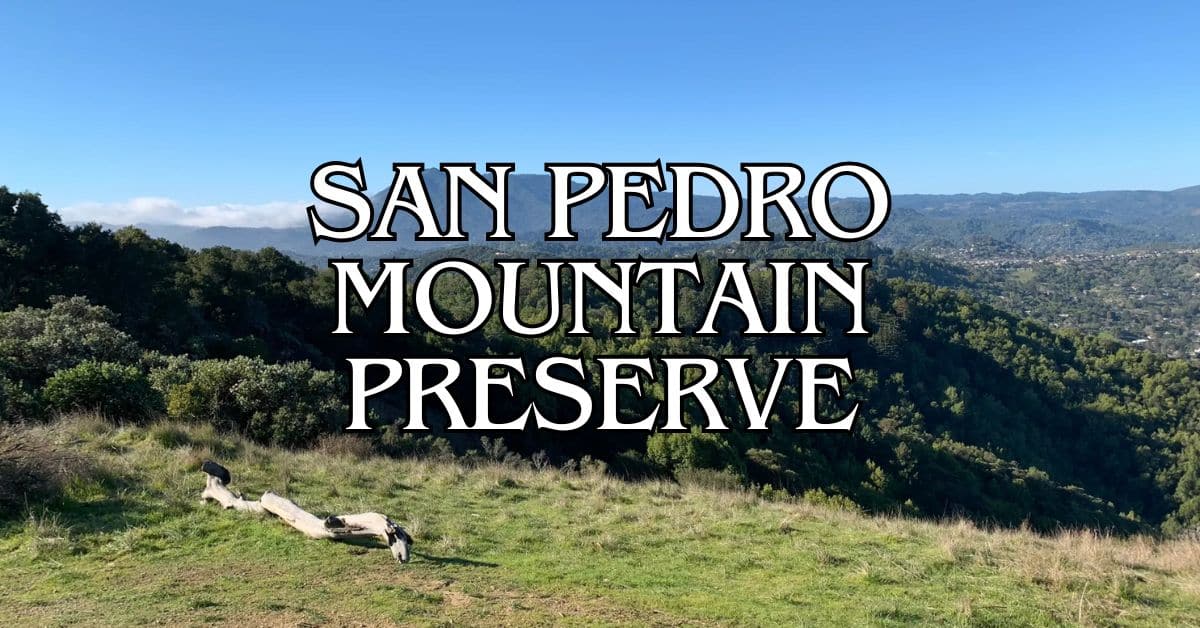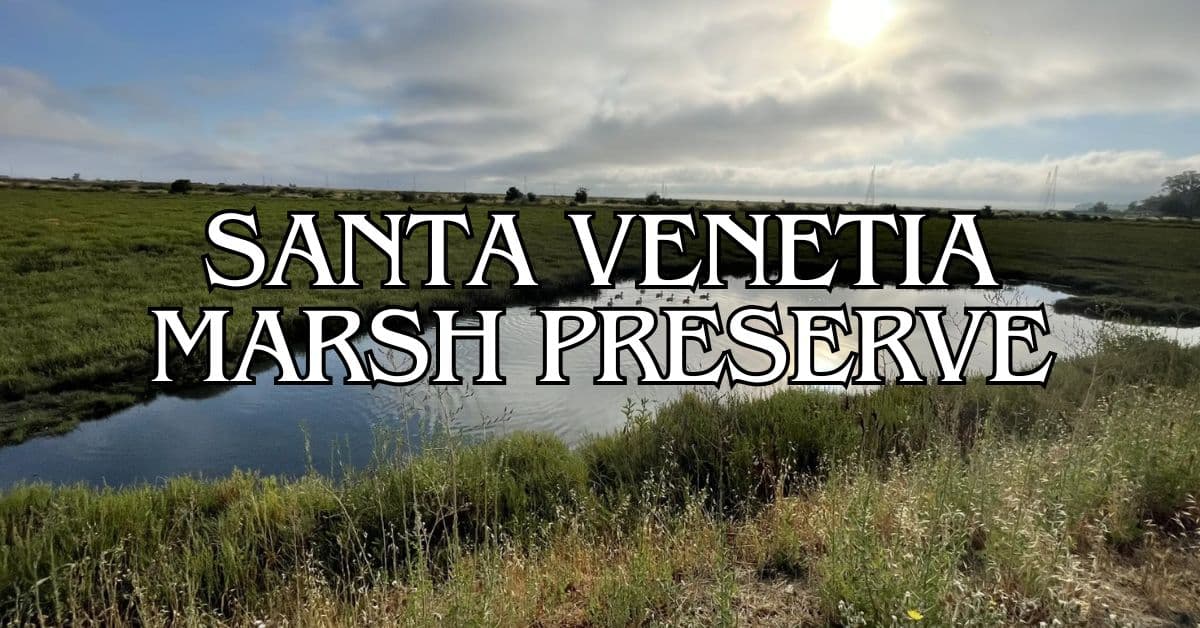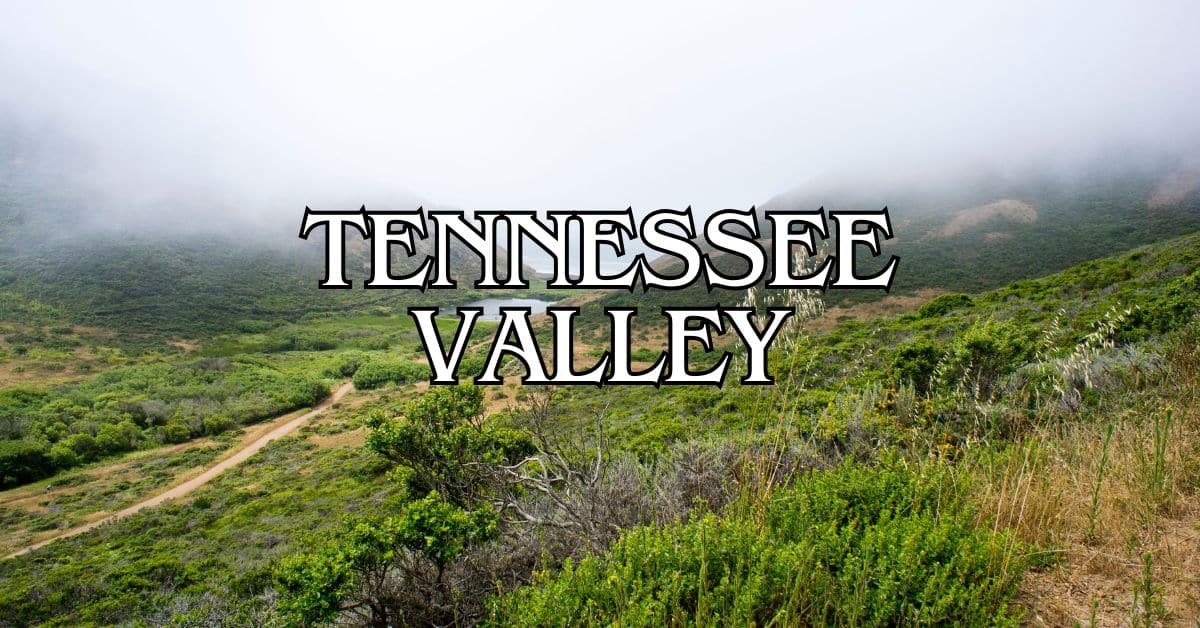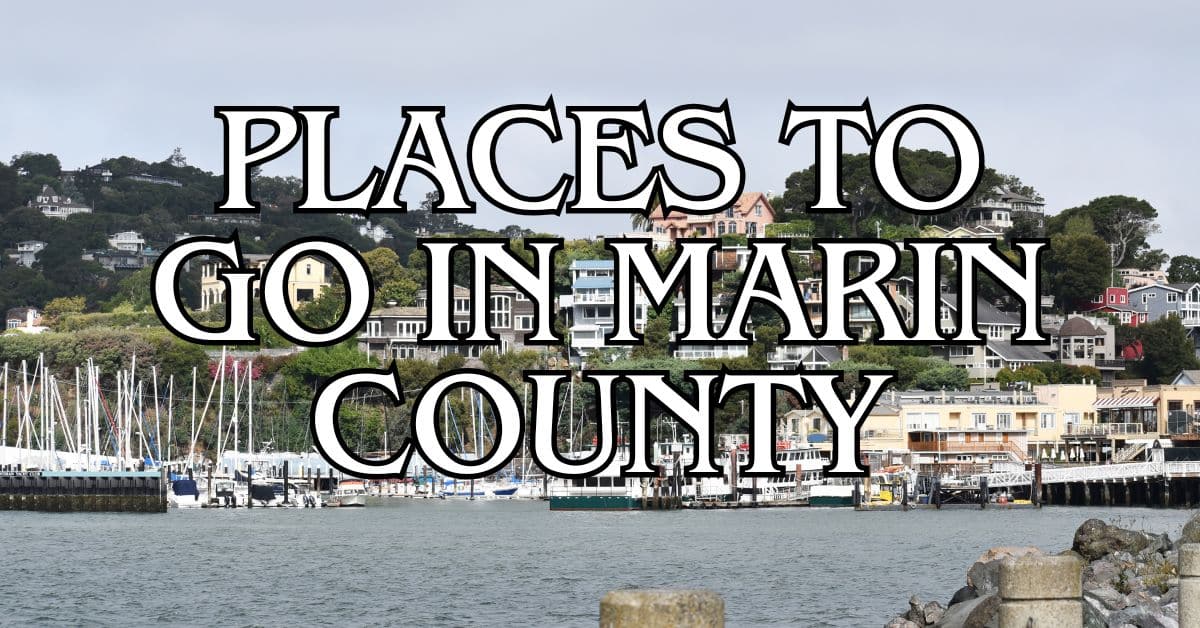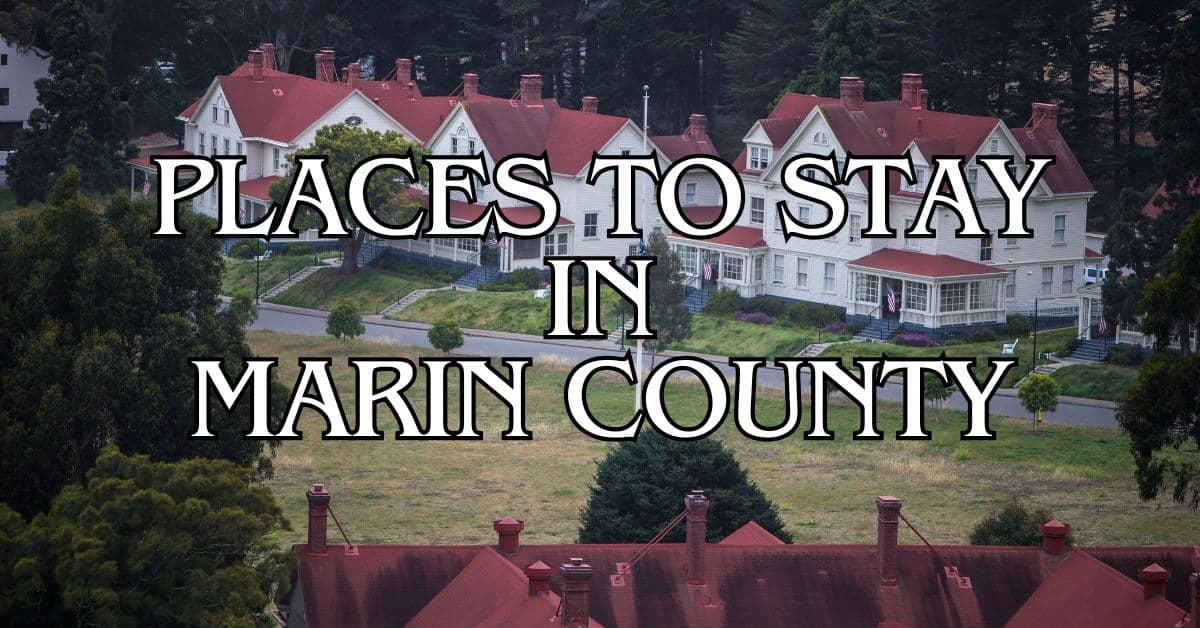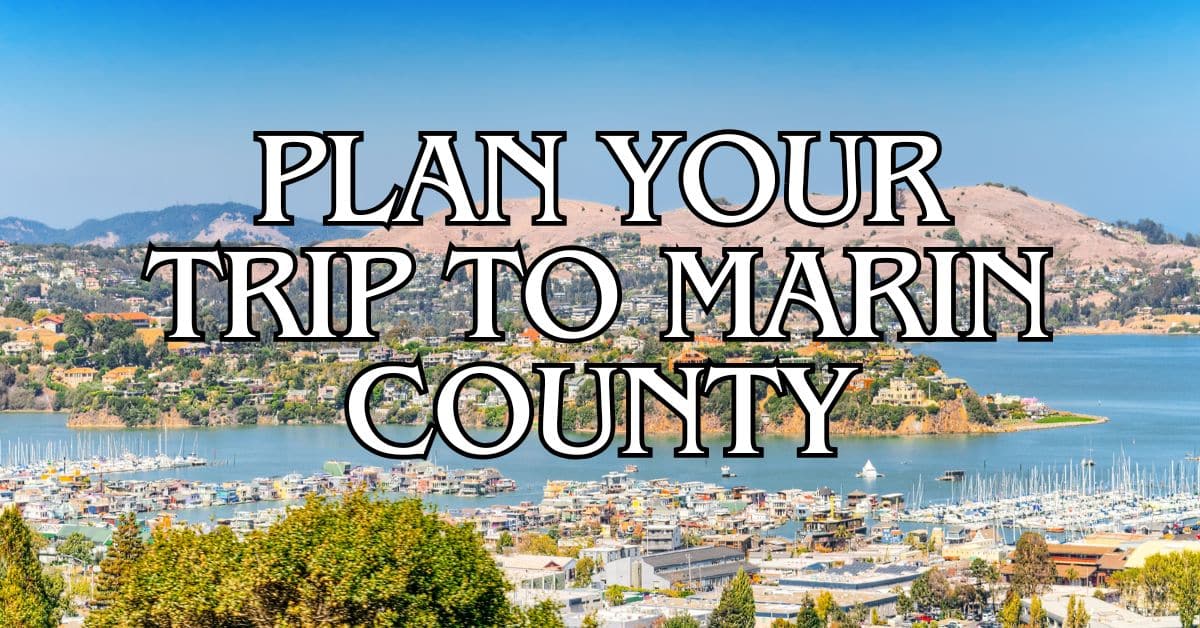Tucked along the San Rafael shoreline, China Camp State Park is one of those rare escapes from the Bay Area’s constant hum. This hidden gem blends natural beauty with a fascinating past—perfect for day trips or a mellow weekend away. There are about 15 miles of trails here, winding through forests, meadows, and right along the bay, open to hikers, bikers, and horseback riders.
China Camp State Park invites you to hike, bike, spot wildlife, swim, picnic, or launch a kayak—all in one place. Trails suit different skill levels, so you can wander tidal wetlands or shady woods at your own speed. Camping here means hauling your gear a bit, but the calm at night is worth it.
Discover hand-picked hotels and vacation homes tailored for every traveler. Skip booking fees and secure your dream stay today with real-time availability!
Browse Accommodations Now
You get that sweet spot between easy access and wild, uncrowded nature—a combination that’s surprisingly tough to find near the Bay. If you want to see wildlife, paddle in the bay, or just chill out somewhere quiet, China Camp delivers without the chaos of bigger California parks. The $5 entrance fee is a bonus for anyone watching their budget but craving a taste of the outdoors close to San Francisco.
Overview of China Camp State Park
China Camp State Park covers 1,514 acres along San Pablo Bay in Marin County, California. It’s a place where history and nature come together, just a short drive from downtown San Rafael.
History and Heritage
The park gets its name from a Chinese shrimp fishing village that started up in the 1880s. Chinese immigrants built a community here, and at its peak, over 500 people lived in wooden homes on stilts. They mastered shrimp fishing and drying, sending much of their catch back to China.
You can walk through the preserved historic village and pop into the small museum. Inside, you’ll find artifacts and old photos—snapshots of daily life from the fishing village days. The last original building now holds exhibits about the Chinese American story in this part of California.
The park keeps this chapter of history alive, showing how Chinese Americans helped shape the region.
Geography and Environment
China Camp stretches from wooded hills right down to the edge of San Pablo Bay. Salt marshes hug the shoreline, providing crucial habitat for all sorts of plants and animals.
You’ll wander through:
- Oak woodlands up on the hills
- Meadows that burst with wildflowers in spring
- Expansive salt marshes along the water
- Sandy beaches and tidal flats
The marshes act as nurseries for fish and safe havens for birds. Watch for great blue herons, egrets, and pelicans stalking the shallows. If you’re lucky, you might spot the endangered California clapper rail hiding in the reeds.
On the trails, deer and raccoons show up pretty often. In total, over 160 bird species pass through or call this place home during the year.
Visitor Information
The park opens daily from 8 AM to sunset. Entry is $5 per car—just pay at the gate.
Facilities:
- Picnic tables and barbecues
- Restrooms at main parking lots
- 10 walk-in tent campsites
- Beach access for swimming
- Boat launch for kayaks and small boats
Popular activities:
- Hiking (15 miles of trails)
- Mountain biking on marked routes
- Wildlife watching
- Fishing (California license needed)
- Picnicking by the water
- Photography
You can visit any time of year. Spring and fall bring the nicest weather, but summer can get toasty on open trails. Winter is quieter—sometimes rainy, but you’ll get the place almost to yourself.
Getting here is easy: just follow North San Pedro Road from San Rafael. It’s a quick trip from most Bay Area spots.
Outdoor Activities
China Camp State Park packs in a lot—trails, quiet beaches, and killer views of the bay. You can find something to do here all year long.
Hiking and Walking Trails
With 15 miles of multi-use trails, there’s plenty to explore. The Turtle Back Nature Trail is great for families and beginners. It’s a mellow one-mile loop through marshland and oak woods, where you might spot critters and native plants.
More seasoned hikers usually go for the Bluff Trail. It’s a moderate route with open meadows, forest, and sweeping bay views.
Back Ranch Meadows Trail is a tougher option with some elevation. If you hit it early or late in the day, you’ll likely see deer along the way.
Most trails connect, so you can mix and match based on how much time or energy you’ve got.
Cycling Routes
Mountain biking is huge here. The trails are well-kept, and there’s something for everyone.
New riders should try the Shoreline Trail—mostly flat, with gentle slopes, and beautiful bay views.
Intermediate cyclists usually head for the Bay View Trail, which has a mix of packed dirt, some rocky bits, and a few moderate climbs.
If you’re experienced and want a challenge, the Ridge Trail is steep and technical, but the views at the top are worth the sweat.
Always yield to hikers and horses on the shared trails—just good trail manners.
Wildlife Watching
With all its habitats, China Camp is a dream for wildlife lovers. The tidal marshes are packed with birds—herons, egrets, shorebirds. Bring binoculars if you have them.
Find the perfect hotel or vacation rental. Instant booking, no fees!
View Top Stays
Oak woods and grasslands are home to deer, raccoons, and squirrels. Early morning or dusk is best for spotting deer in the meadows.
Down at the shoreline, check out the mudflats at low tide. You’ll see crabs, little fish, and all sorts of intertidal life.
Every season brings something new. Spring is big for wildflowers and birds, while fall brings a wave of migrating species.
Beaches and Waterfront Experiences
China Camp State Park’s waterfront stretches along San Pablo Bay, offering spots to swim, paddle, or just hang out by the water. The tides play a big role in access, so it pays to check before you go.
Swimming and Relaxation
There’s a beach at China Camp Village that’s great for swimming—if you time it right with mid to high tides. When the water’s in, you can take a refreshing dip in San Pablo Bay. The sandy stretch is perfect for laying out and soaking up the views.
Definitely check tide charts, though. At low tide, mudflats make swimming tricky. No lifeguards here, so use common sense and keep an eye on kids.
On calm days, families love the gentle bay waters. Bring chairs, towels, and sunscreen. Shorebirds are everywhere, so birdwatchers should keep their cameras handy.
Kayaking and Water Sports
China Camp is a favorite for paddlers and anyone with a kayak or SUP. The sheltered coves make it easy for beginners to give it a try.
You can launch small boats right from the beach at China Camp Village—a short walk from the parking lot. Windsurfers show up when the breeze picks up.
No rentals in the park, so bring your own gear. For a smooth outing:
- Double-check tide charts
- Go out during mid or high tide for easier launching
- Mornings are usually calmer before the wind kicks up
- Watch the weather and stay clear of wildlife zones
Paddling here gives you a whole new angle on the bay and the hills—plus, you might spot a few critters you’d never see from shore.
Camping at China Camp State Park
If you want to stay overnight, China Camp has the Back Ranch Meadows Campground. It’s tent-only and walk-in, so you get a real nature vibe—no RVs or cars at your site.
Campground Overview
The campground sits at the northwest end of the park. You’ll park your car, then carry your gear anywhere from 50 to 300 yards to your site. Some spots involve a short but steep hike, so pack light if you can.
Each campsite fits up to eight people. Keeping numbers low helps keep things quiet and the environment healthier.
Tent Camping Details
Check-in starts at 2 PM, and you’ll need to be out by noon on your last day. There’s a seven-day consecutive limit, and you can’t camp more than 30 days a year here.
Sites are on hard dirt—fine when it’s dry, but after rain, expect mud. Just part of the experience, right?
You’ll camp surrounded by trees and brush, so there’s a decent amount of privacy and that feeling of being tucked into nature.
Campground Amenities
Amenities are pretty basic—think picnic tables, fire rings, and accessible restrooms (no showers, though). Six sites are designed for campers with mobility needs, and all the bathrooms are accessible.
The Shoreline Trail runs near the campground, so you can hop on a hike straight from your tent. That’s a perk you don’t get everywhere.
Some campsites have picnic areas nearby, giving you space to eat away from your tent. Nothing fancy, but it’s all you need for a solid camping trip.
Picnic and Day-Use Areas
China Camp State Park has a bunch of great spots for a picnic, all with different views—meadows, lawns, marshes, and the bay itself. The day-use areas work for solo visitors or big groups.
Best Picnic Spots
You’ll find picnic tables scattered all around—some in open fields, some tucked into grass, and some with marsh or bay views. China Camp Village and China Camp Point are favorites, especially if you want to eat with a view of the water.
Buckeye Point and Weber Point are both right on the bay. They’re perfect for lunch with a side of boat-watching or bird-spotting.
Many tables are accessible, so everyone can enjoy the scenery. If you want a prime spot on a summer weekend, show up early—the best views go fast, and it’s no fun wandering around with a cooler looking for a table.
Group Facilities
The park’s got three reservable picnic sites perfect for bigger get-togethers. They’re just right for family reunions, small company outings, or social groups—up to 50 folks.
It’s smart to reserve ahead, especially during the busy months from May through September. You can grab a spot through the California State Parks reservation system or just call the park office.
Each group area comes with several tables, BBQ grills, and parking nearby. Some even have shade structures, which are a lifesaver when the sun’s beating down. Miwok Meadows, for example, is roomy and surrounded by oaks and native plants.
Luxury stays to cozy cottages await, all with instant booking. Find the best deals!
Browse Marin Stays
Don’t forget your own charcoal for the grills, and please pack out your trash. It really helps keep the park beautiful for everyone.
Fishing at China Camp
China Camp gives anglers some interesting fishing opportunities along San Pablo Bay. The place has a deep fishing history, and there are still plenty of spots for casting a line.
Shrimp Fishing Heritage
Back in the late 1800s, China Camp buzzed as a Chinese shrimp fishing village. Chinese immigrants built a tight-knit community here, with homes on stilts right along the bay, and used traditional nets to scoop up shrimp.
At its busiest, the village had nearly 500 people processing and drying shrimp for export to China. Some of those original buildings are still standing, including the last shrimp-drying building left on the West Coast.
While commercial shrimp fishing wrapped up long ago, you can still get a sense of the past in the village’s small museum and the restored buildings.
Where to Fish
You’ve got a few good options for fishing in the park:
China Camp Pier: The pier by China Camp Village is the easiest place to fish. No fishing license needed here. It’s usually open from 8 a.m. to sunset.
Shoreline Access: If you’re more into fishing from shore, several cliff areas work too. Just remember, you’ll need a valid California fishing license for shoreline fishing.
San Pablo Bay’s popular catches include:
- Striped bass
- Sturgeon
- Halibut
- Perch
Check the latest fishing regulations before you go. And keep in mind, the park asks everyone to pack out what they bring in—let’s all try to leave the place a little cleaner than we found it.
Seasonal Tips and Safety
If you want to enjoy China Camp State Park safely, you’ll need to pay attention to how the seasons change and what nature throws your way. Being prepared makes everything smoother.
Weather and Best Times to Visit
Spring (March-May) is mild and loaded with wildflowers, so it’s a great time for hiking and snapping photos. Summer (June-August) gets warm—think 75-85°F. Mornings are best if you want to dodge the afternoon heat.
Fall (September-November) is quieter and cooler, which makes for pleasant hikes and less dusty bike rides.
Winter (December-February) can be cold and sometimes rainy. Trails get muddy, so waterproof shoes are a must. Always check the forecast before you set out.
Bring layers no matter when you visit. The bay breezes can shift temperatures fast, and fog can sweep in and cut visibility on trails or the water.
Wildlife and Poison Oak Precautions
Deer roam everywhere here. Watch them from a distance and, seriously, don’t feed them. Dawn and dusk are when you’re most likely to see wildlife moving around.
Poison oak is common along trails and in the woods. Learn how to spot its “leaves of three” before you go. Long pants and sleeves help if you’re on narrow trails.
If you brush up against poison oak, wash up with soap and cold water within 10 minutes. Products like Tecnu can help get rid of the oil.
Stick to marked trails when hiking or biking—it keeps you and the wildlife safer. If you’re planning to get on the water, bring a flotation device. That’s not just advice; it’s a requirement.
Ticks are out from late spring through summer. Always check yourself and your clothes after hiking, especially if you’ve been in tall grass.
Nearby Attractions and Destinations
China Camp State Park makes a great base for exploring the Bay Area. There’s plenty nearby, from San Rafael’s cultural spots to Marin County’s wild spaces.
San Rafael Sights
Downtown San Rafael is just ten minutes away by car. The Mission San Rafael Arcángel, founded in 1817, is a lovely spot for anyone curious about California’s Spanish roots—beautiful old buildings and peaceful gardens.
The Marin County Civic Center, designed by Frank Lloyd Wright, is another highlight. That blue roof and spire are hard to miss from Highway 101.
Fourth Street’s lined with local shops, cafes, and spots to eat outdoors. On Thursdays (April-September), the farmers market takes over with vendors, food trucks, and live music.
If you’re into art, check out Art Works Downtown—rotating exhibits from local artists make it worth a stop.
Exploring Other State and National Parks
Point Reyes National Seashore is about 30 miles northwest, packed with protected beaches, wild coastline, and tons of hiking trails. The lighthouse and Tule Elk Reserve are both worth the drive.
Mount Tamalpais State Park is just 15 miles west. You’ll find redwoods, sweeping bay views, and over 50 miles of trails. The East Peak summit? On a clear day, the views are unreal.
Samuel P. Taylor State Park is a good pick for camping or picnics under redwoods along Lagunitas Creek—especially if you want to spot salmon in the fall.
Angel Island State Park is a ferry ride from Tiburon. It mixes military history with beaches and hiking trails. If you bike around the island, you’ll get killer views of San Francisco, the Golden Gate, and Alcatraz.
Travel Planning Essentials
A little planning goes a long way at China Camp State Park. Knowing how to get there, where to park, and what to expect will make your trip a lot smoother.
Getting There and Parking
China Camp State Park sits in San Rafael, right in Marin County. You’ll get there via North San Pedro Road, which hugs the San Pablo Bay shoreline. Coming from San Francisco? Just take Highway 101 north and exit at North San Pedro Road.
You’ll find parking at a handful of spots:
- Back Ranch Meadows Campground
- China Camp Village
- Miwok Meadows
- Bullhead Flat
- Weber Point
Lots fill up fast on weekends and holidays, especially in summer. Arriving early gives you a better shot at a spot. Be ready to haul your gear up to 300 yards from the lot to your campsite—luckily, there are wheeled bins to help with the load.
Park Regulations and Fees
China Camp State Park charges day-use fees for vehicle entry. Right now, it’ll cost you $5–8 per car, depending on the season. Just stick your receipt on the dashboard so you don’t end up with a ticket.
A few key rules worth remembering:
- Hours: Open 8 AM to sunset
- Pets: Leash required (up to 6 feet); no pets on trails
- Fires: Only allowed in campsite fire rings
- Wildlife: Please don’t feed or bother the animals
- Plants: Leave plants and natural stuff alone
If you want to camp, you’ll need a reservation. Standard sites run $35 a night. Group sites have their own rates. You can book up to six months ahead, either on Reserve California’s website or by phone.
Find available hotels and vacation homes instantly. No fees, best rates guaranteed!
Check Availability Now
Adrian Rosal Park Travel Guide – Accessibility, Amenities, Activities, and More!
Alto Bowl Preserve Travel Guide – Accessibility, Amenities, Activities, and More!
Bald Hill Preserve Travel Guide – Accessibility, Amenities, Activities, and More!
Baltimore Canyon Preserve Travel Guide – Accessibility, Amenities, Activities, and More!
Bayside Park Travel Guide – Accessibility, Amenities, Activities, and More!
Blithedale Summit Preserve Travel Guide – Accessibility, Amenities, Activities, and More!
Bothin Marsh Preserve Travel Guide – Accessibility, Amenities, Activities, and More!
Buck’s Landing Travel Guide – Accessibility, Amenities, Activities, and More!
Camino Alto Preserve Travel Guide – Accessibility, Amenities, Activities, and More!
Candy’s Park Travel Guide – Accessibility, Amenities, Activities, and More!
Cascade Canyon Preserve Travel Guide – Accessibility, Amenities, Activities, and More!
Charles F. McGlashan Pathway Travel Guide – Accessibility, Amenities, Activities, and More!
China Camp State Park Travel Guide – Accessibility, Amenities, Activities, and More!
Corte Madera Pathway Travel Guide – Accessibility, Amenities, Activities, and More!
Hal Brown Park Travel Guide – Accessibility, Amenities, Activities, and More!
Horse Hill Preserve Travel Guide – Accessibility, Amenities, Activities, and More!
King Mountain Preserve Travel Guide – Accessibility, Amenities, Activities, and More!
Lagoon Park Travel Guide – Accessibility, Amenities, Activities, and More!
Loma Alta Preserve Travel Guide – Accessibility, Amenities, Activities, and More!
Lucas Valley Park Travel Guide – Accessibility, Amenities, Activities, and More!
Lucas Valley Preserve Travel Guide – Accessibility, Amenities, Activities, and More!
McInnis Park Travel Guide – Accessibility, Amenities, Activities, and More!
McNears Beach Park Travel Guide – Accessibility, Amenities, Activities, and More!
Mill Valley-Sausalito Pathway Travel Guide – Accessibility, Amenities, Activities, and More!
Mount Tamalpais State Park Travel Guide – Accessibility, Amenities, Activities, and More!
Muir Woods National Monument Travel Guide – Accessibility, Amenities, Activities, and More!
Pueblo Park Travel Guide – Accessibility, Amenities, Activities, and More!
Ring Mountain Preserve Travel Guide – Accessibility, Amenities, Activities, and More!
San Pedro Mountain Preserve Travel Guide – Accessibility, Amenities, Activities, and More!
Santa Venetia Marsh Preserve Travel Guide – Accessibility, Amenities, Activities, and More!
Tennessee Valley Travel Guide – Accessibility, Amenities, Activities, and More!
Terra Linda/Sleepy Hollow Preserve Travel Guide – Accessibility, Amenities, Activities, and More!
White Hill Preserve Travel Guide – Accessibility, Amenities, Activities, and More!


